

Home Published Writings Interview Essays Poetry Short Stories Contact
A Monster Among Us
by R.P. Infantino
A novella, according to E.M. Forster, is defined as a short novel or, conversely, a long short story typically under 50,000 words,
My third short novel, Timonius Blake: The Last Warrior, at approximately 56,000 words, has taken a month to draft, five more to revise, and another to transcribe to word processor. Destiny set me to write this monster story from over fifty years of watching classic monster movies, as well as reading vintage tales of suspense.
As a young adult, age ten or so, I read my first novel, Pardon My Fangs by Elizabeth Star Hill, about a teen-age werewolf. So captivated was I that I fastened a huge Wolf-Man poster on my bedroom wall.

As my reading improved, I graduated to classic horror writers: The Invisible Man by H.G. Wells, Dr. Jekyll and Mr. Hyde by Robert Louis Stevenson, Frankenstein by Mary Shelley, Dracula by Bram Stoker, and many short tales of terror by Edgar Allan Poe, to name a few.
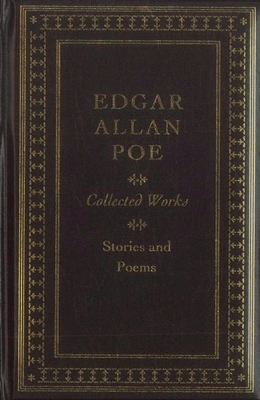
At age thirteen, I attended my first movie at our local theater showing Frankenstein Must Be Destroyed. Universal Pictures and Hammer Films specialized in monster movies which I gravitated toward over the popular westerns of the day.
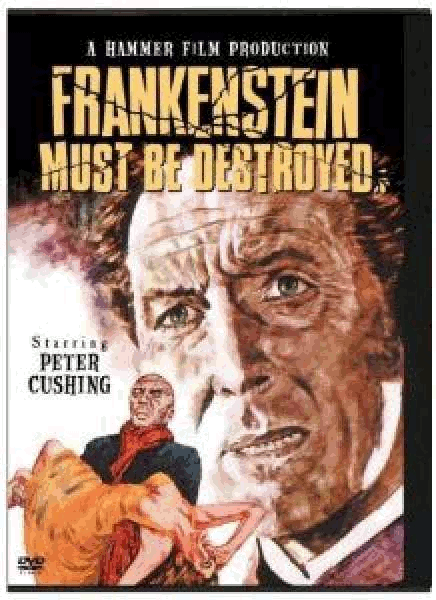
Why my fascination with monster movies? As a youngster, I simply enjoyed being scared. As an adult, however, I came to understand that monster stories are not solely about creatures attacking their human counterparts. The monsters, symbolically, are us.
In Dr. Jekyll and Mr. Hyde, a well-respected doctor drinks a potion that turns him hideous both physically and mentally. As the deranged Mr. Hyde, he commits the most vicious and base of crimes. His good personality is unable to control the evil, so the doctor decides to end his life, thus ending his evil side's violent acts. The author's story is one of dualism; that, according to Freud, man harbors both good and evil–a split personality, if you will. Or in medical terminology, a dissociative identity disorder to which many people suffer.
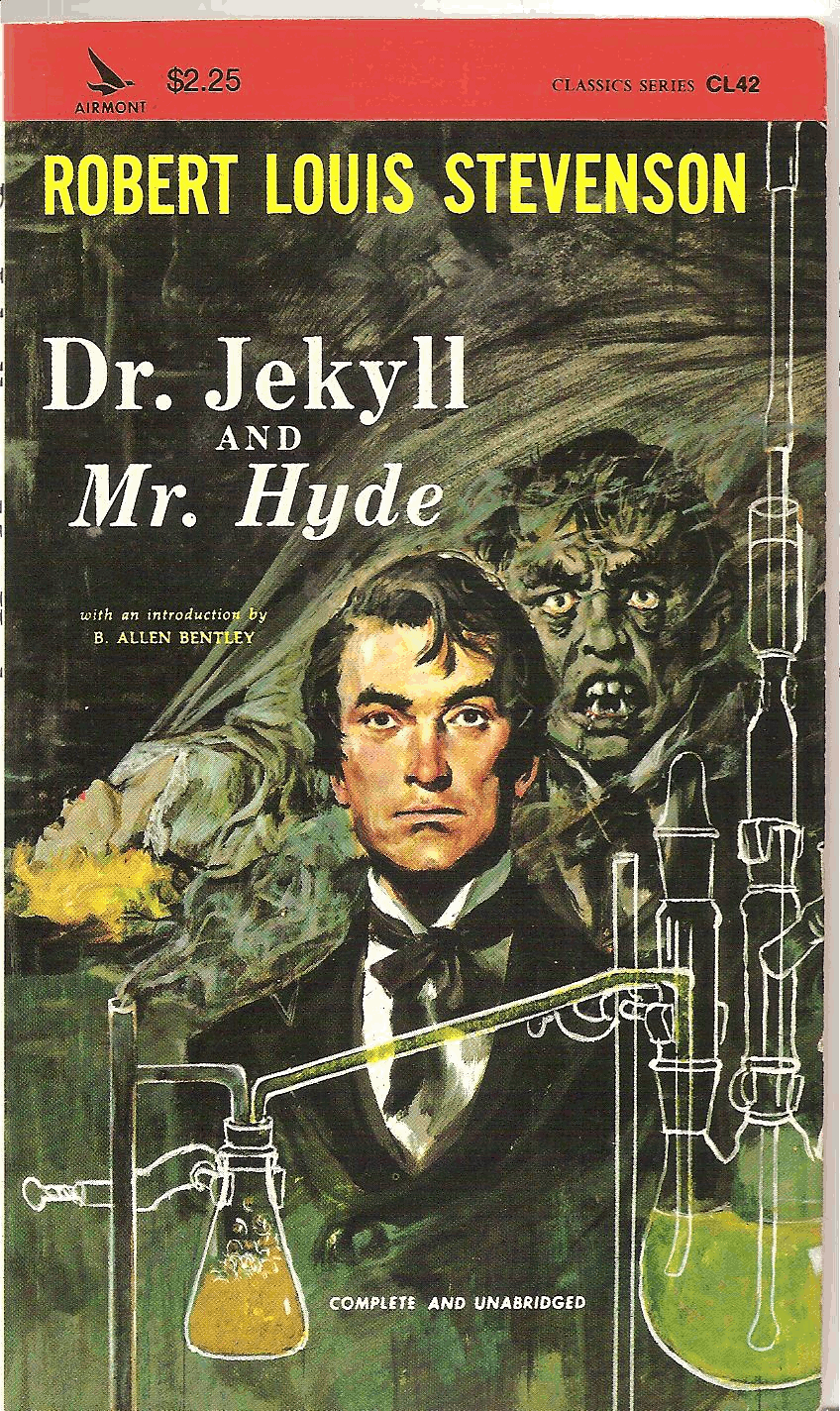
The story of Dracula dates back to the first vampire story, Wake Not the Dead by Jonathan Ludwig Tieck in 1800. Long before Bela Lugosi's iconic version in 1931, the early tales of vampiric lore had vampires stealing, not blood, but things of much more value: youth, hope, love. Who, today, has not felt their youth stolen, hope lost, love unrequited?

In The Invisible Man, a scientist creates a potion of invisibility. He finds this new world, where he walks unnoticed, exhilarating. The more he ingests the potion, however, the more it destroys his mind, causing his insanity. According to Plato, "The invisible man ultimately stands outside the law," and this is precisely the case in Wells' story. While invisible, the scientist commits both minor and major crimes, until he is shot dead by a policeman's gun. If this scenario is familiar to the modern audience, it's read daily in the news: "Crazed Drug Addict Killed by Police."
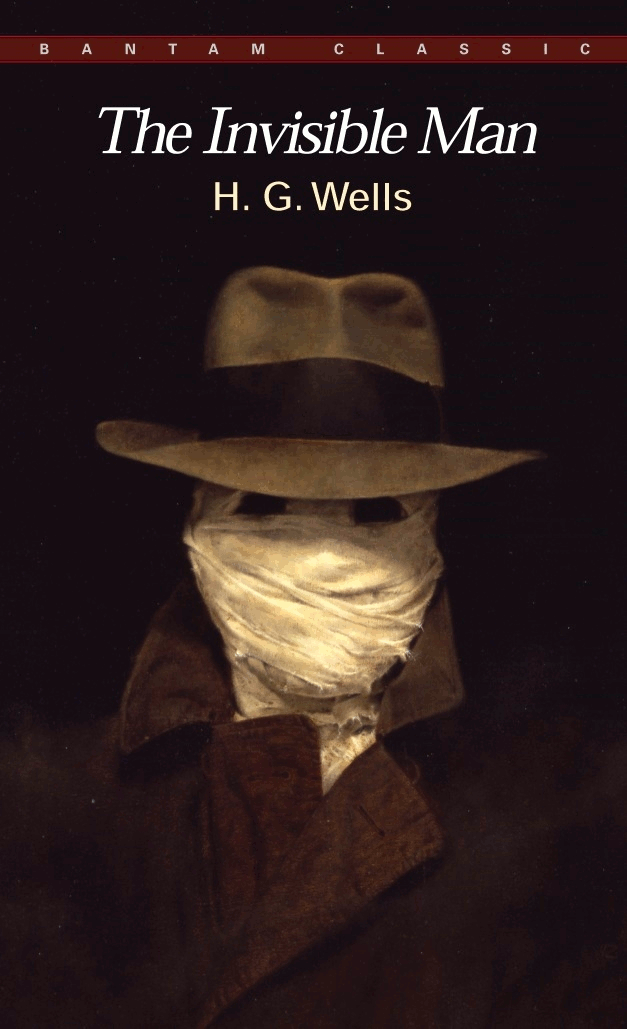
The Frankenstein monster is stitched together from body parts of the dead, and given life through the power of electricity. In the 1931 movie, the monster's criminal acts are attributed to the transplant of an evil brain into the monster. In Shelley's 1818 novel, however, Dr. Frankenstein's creation is not inherently evil, but turns so after its creator rejects it by virtue of its ugliness. The novel's theme focuses on the punishment of mortal man attempting to play God by creating life.
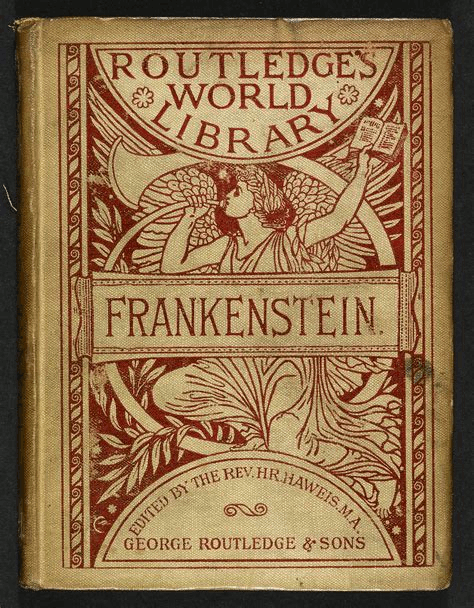
Jack Finney's Invasion of the Body Snatchers tells the tale of alien pods landing on Earth. Each pod transforms into an exact duplicate of a sleeping human minus their personality, while the original human is dead. The clever allegory depicts the cold-war fears of a communist take-over, turning society into mindless, passionless people.
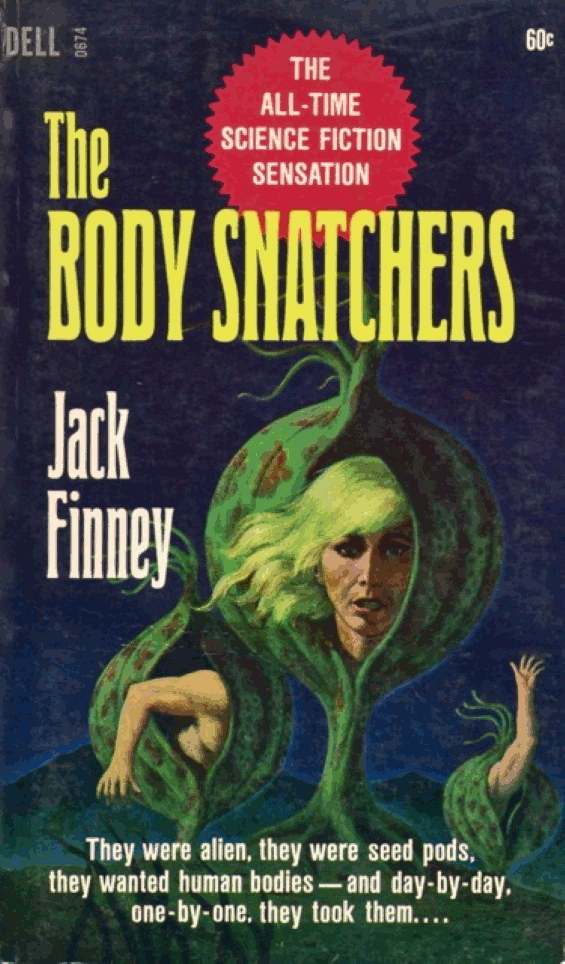
A hideously deformed man in Victor Hugo's The Hunchback of Notre Dame wants only to be accepted, to be loved and to love in return. Being misunderstood, the townspeople taunt and torture him. Only the beautiful Esmerelda comes to his aid, quenching his thirst he cries out for while bound to the giant torture wheel. She exhibits compassion for this lost soul of society. Many in today's world feel bullied and tortured, longing for a kind soul to ease their suffering.

In War of the Worlds, H.G. Wells tells of an alien attack. Looking deeper into this simple "overcoming the monster" story, Wells warns of man's hubris regarding his future: that England, in particular, has become complacent. Can that, too, be said of all countries?
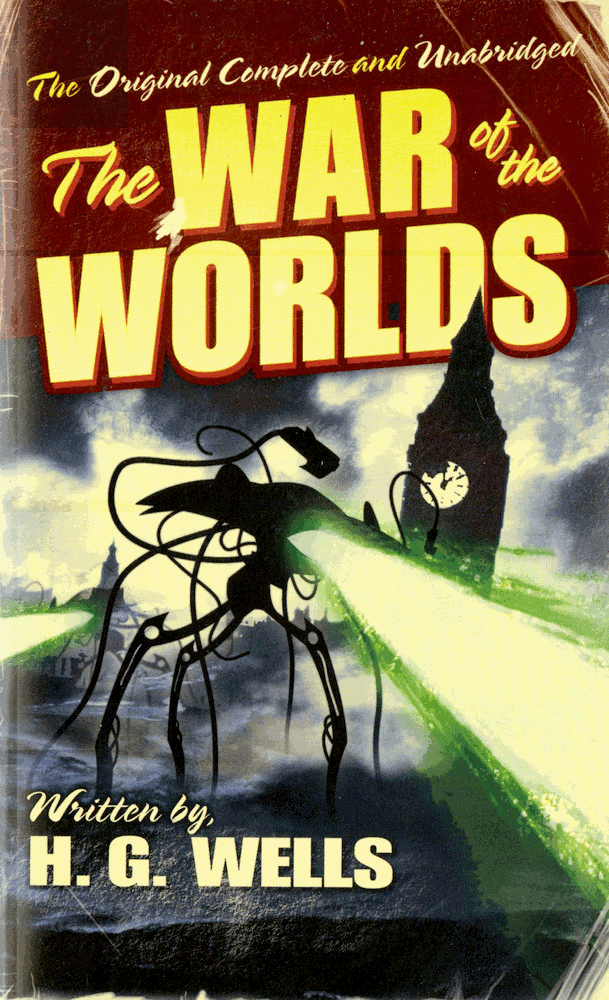
The early monster movies and classic tales of terror resonate with us as they are truly our personal dysfunctional parables, showing us who and what we are. We hold sympathy for Frankenstein's monster who didn't ask to be born evil; we feel for the Wolf-Man who is filled with angst at what he has become; we commiserate with the Creature from the Black Lagoon who simply wants to return home, we are one with the Hunchback who wants only to love and to be loved in return. We feel for these outcasts of society for they are us and we are them – united in feeling unwanted, misunderstood, alone, rejected, unloved.
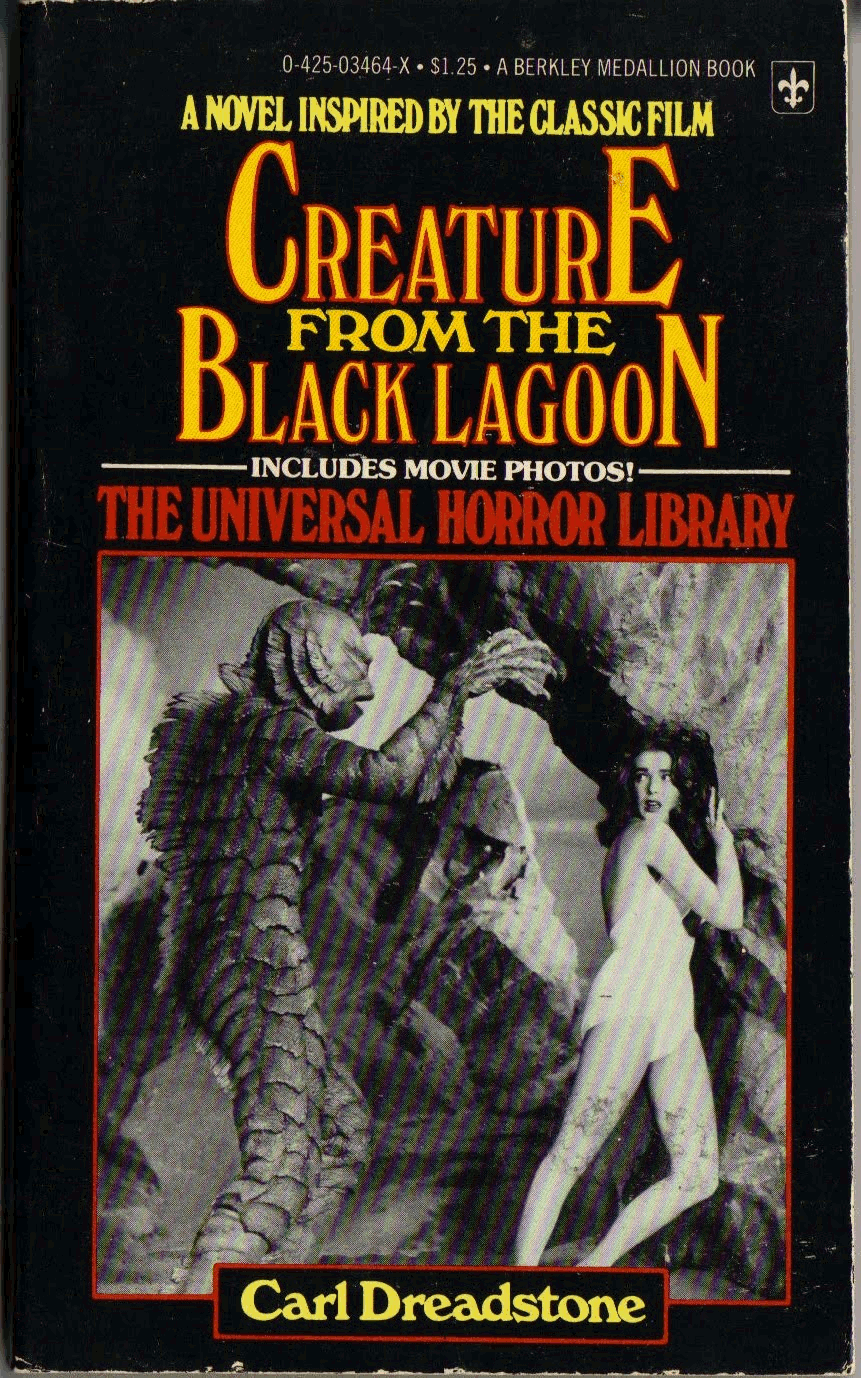
Modern-day movies are little more than the same story churned out, cookie-cutter fashion by the Hollywood machine changing only the characters. Every movie, in one way or another, is Moby-Dick – itself replicating the first monster story of 3,000 years ago, the Sumerian Epic of Gilgamesh –otherwise known as "man versus monster."
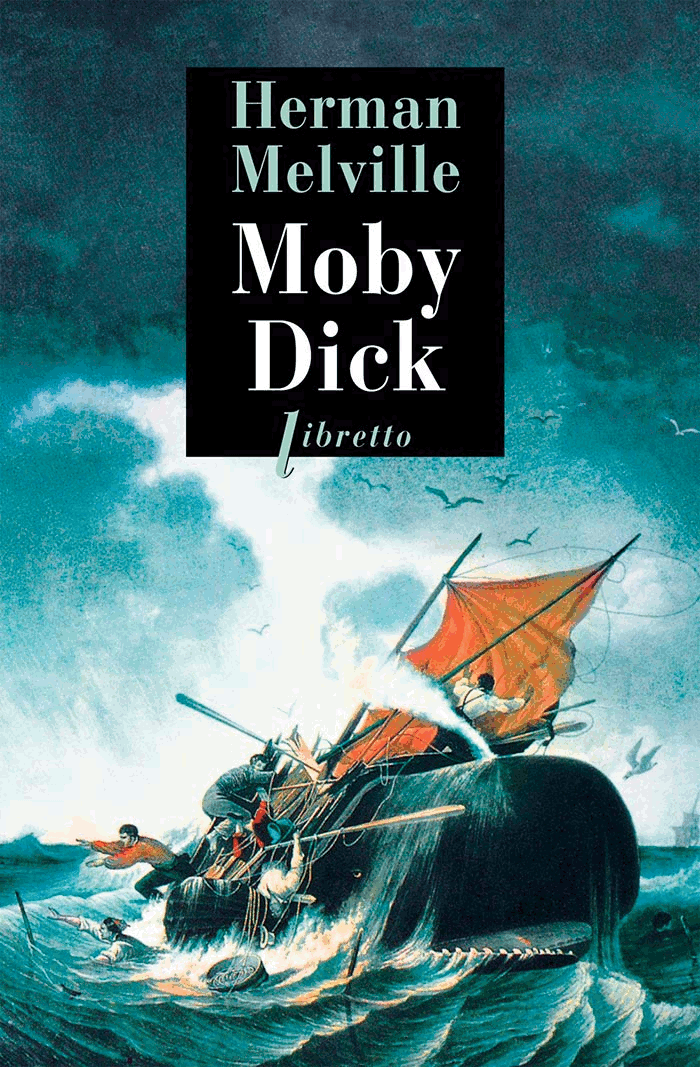
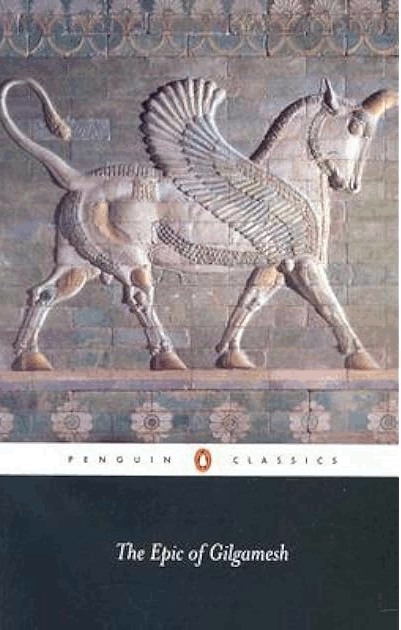
Very little stands out like the classics of old and will certainly be forgotten fifty years from now–or less. The Golden age of Movies from the 1930s to the '40s were created by artists, believing celluloid to be another canvas to express themselves. Their artistic influence is seen–and felt–by their use of symbolism, artistically crafted scenes, unique point-of-view, set design, to name a few. Modern movies are merely potboilers churned out a breakneck regularity with no inner vision. Today's horror movies are nothing more than sickening depictions of blood and guts. While the art of special effects has certainly progressed to incredible levels, they leave little to the imagination. They are simply vivid graphics with no story or memorable characters.
I wrote Timonius Blake: The Last Warrior in the grand tradition of the classic monster movies and tales of terror I gravitated to as a youth: A monster of epic proportions and powers attacks a small village. An irresponsible farmer's son is sent to kill this ancient beast, leaving behind his family and best friend as the town's last warrior and only hope for survival. I filled my novella with mythology, symbolism, an Arthurian quest, themes to live by, adventure, humor, a coming-of-age, and more than all else, love.
For aren't all stories in one way or another, about love? To paraphrase Gerald O'Hara in Margaret Mitchell's classic Gone With the Wind, love is the only thing in the world worth working for, worth fighting for, worth dying for.
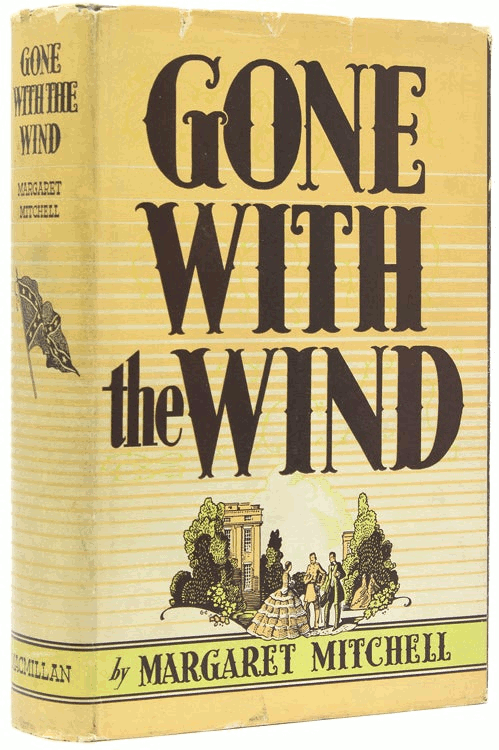
Copyright © 2025 by R.P. Infantino